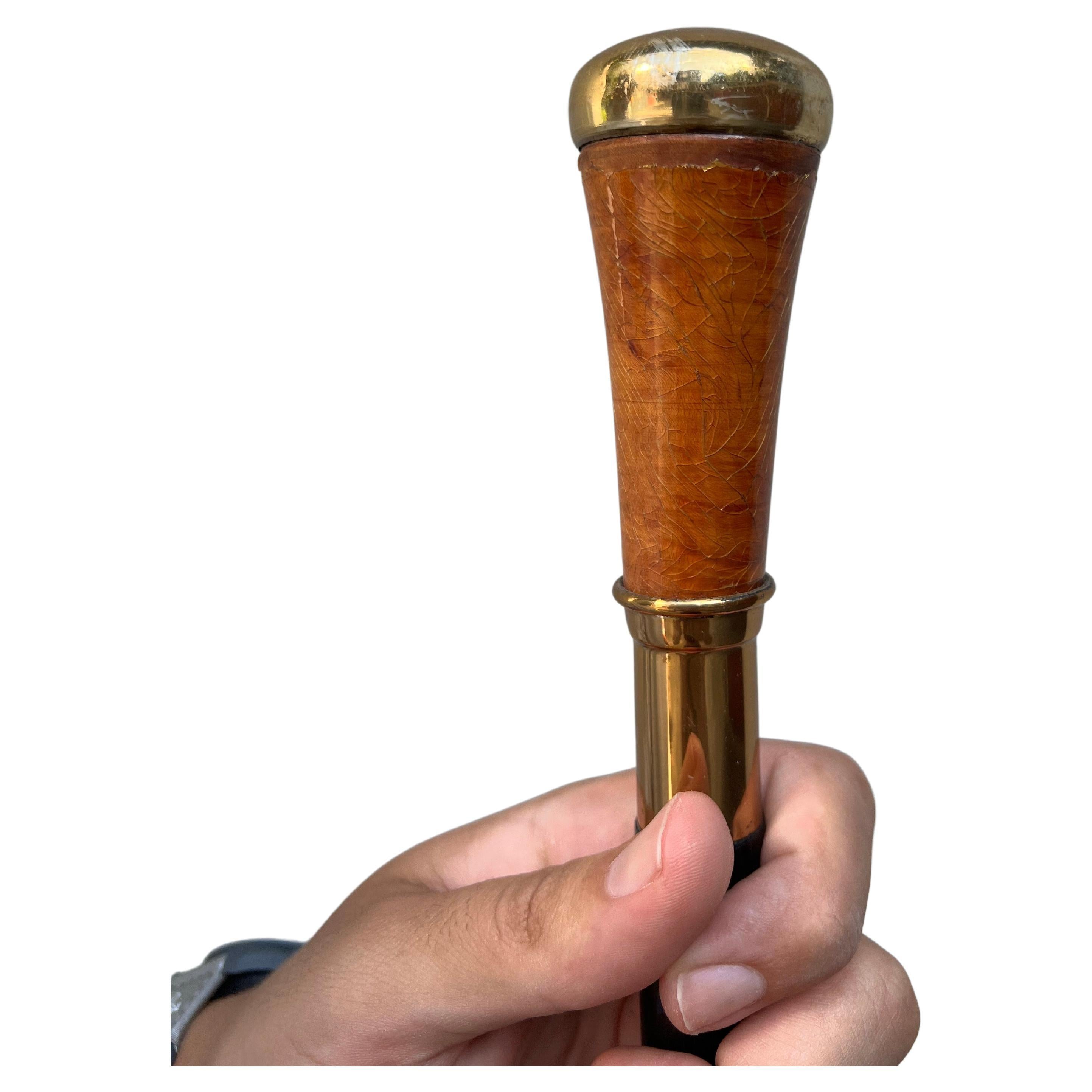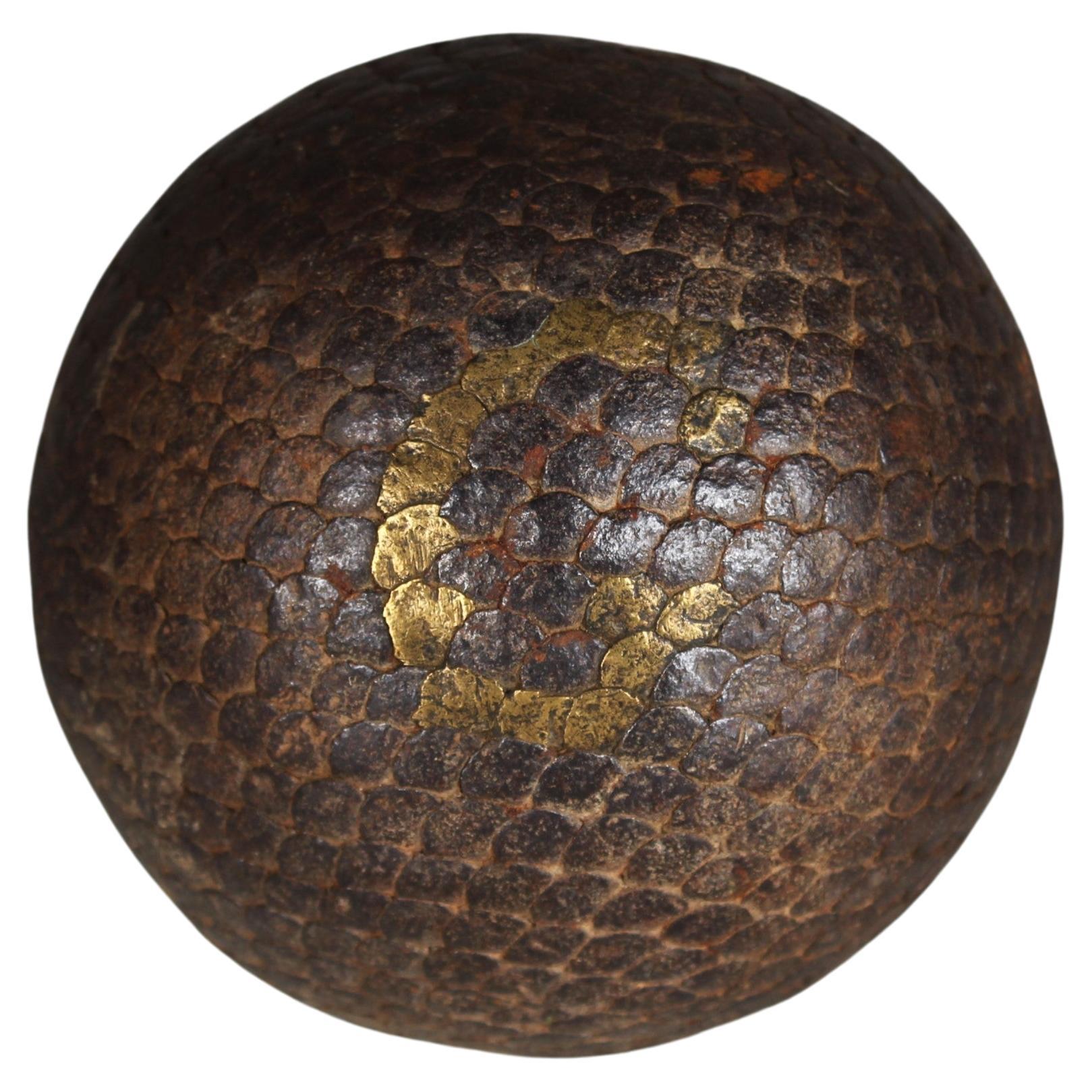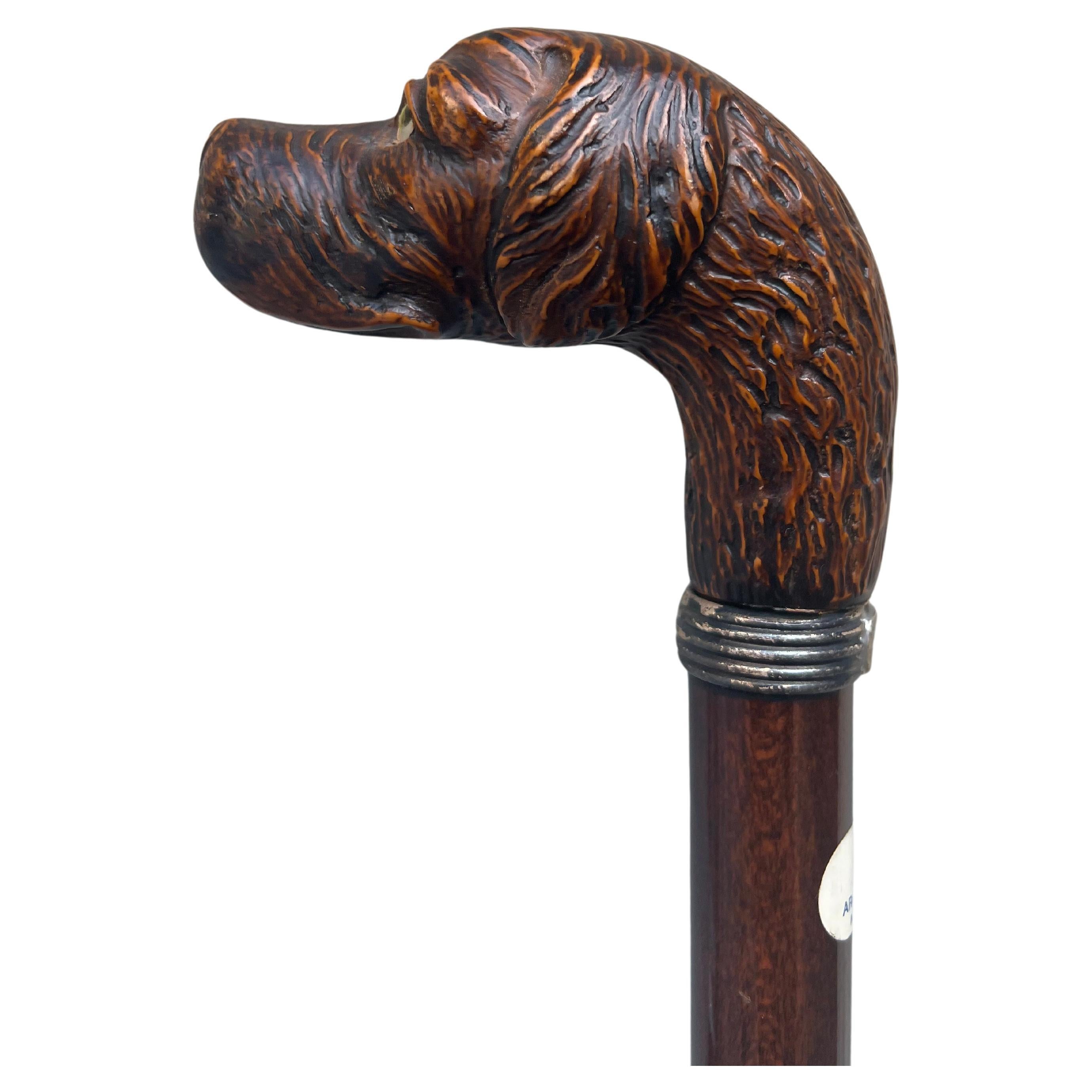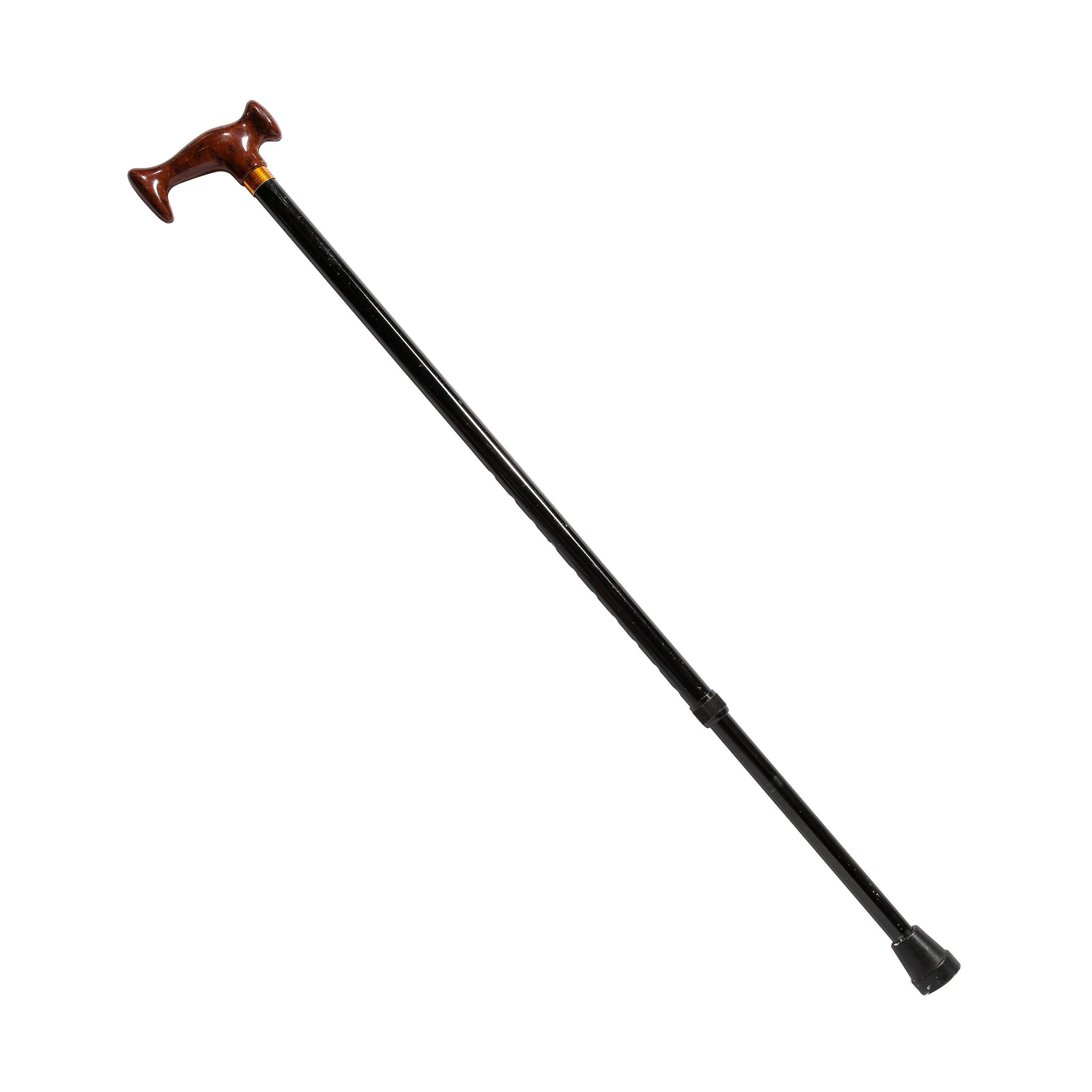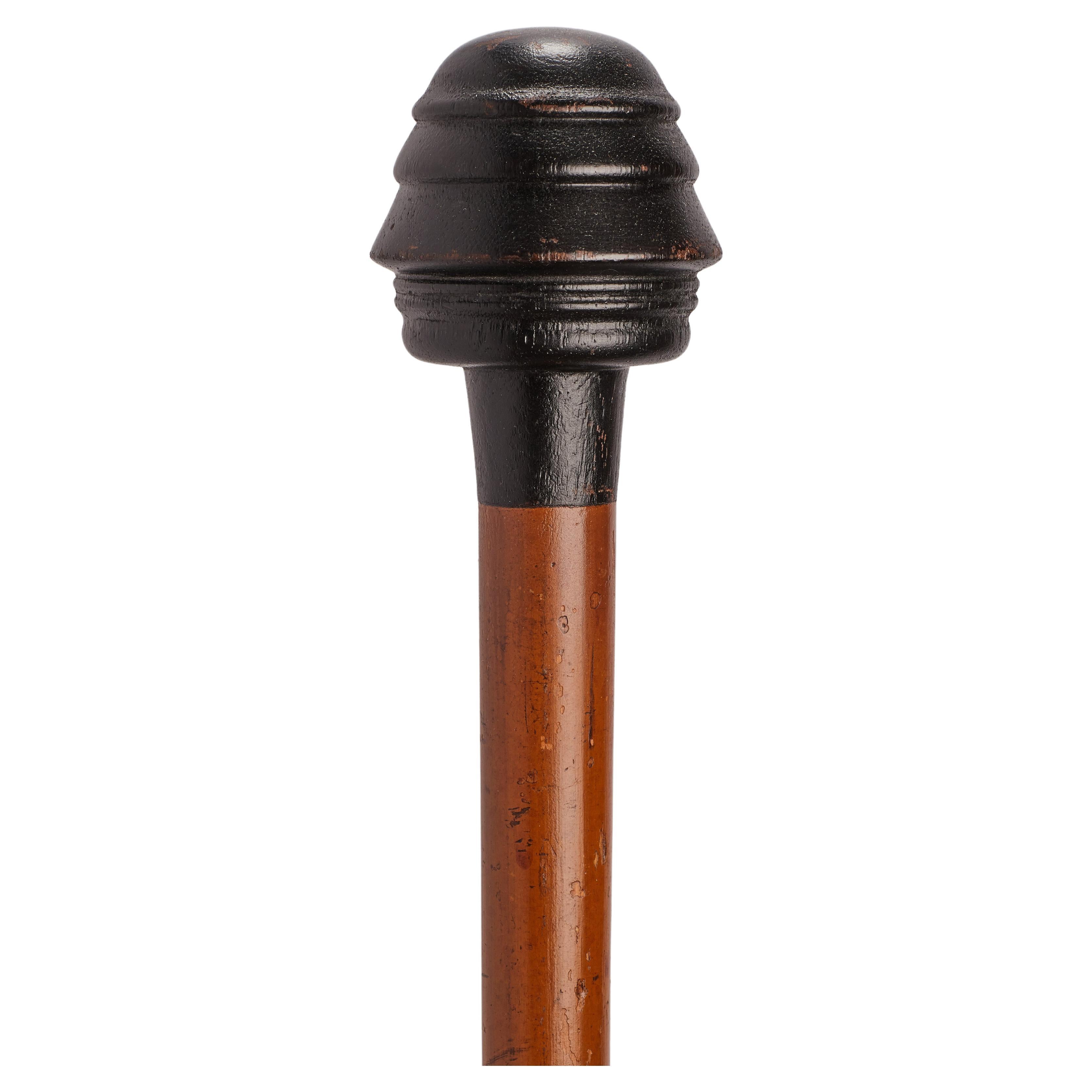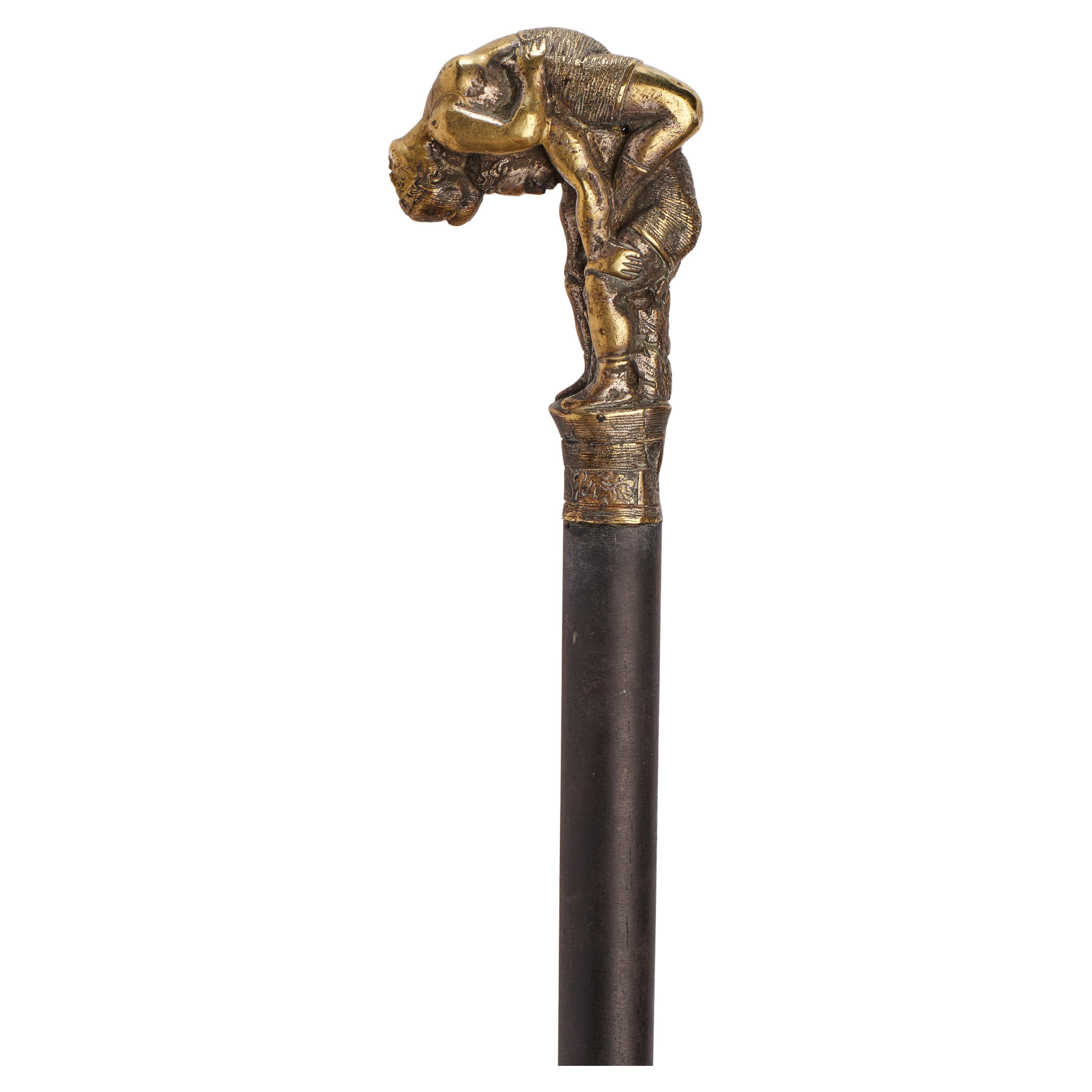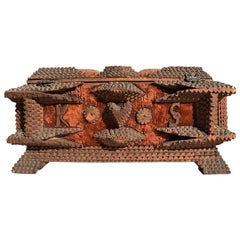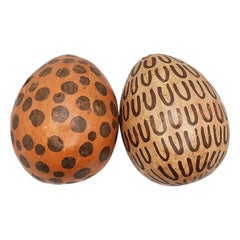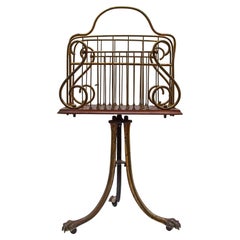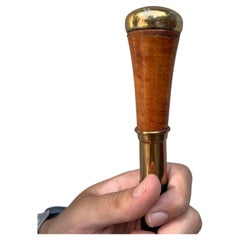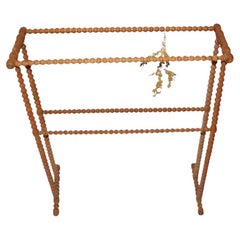
Antique French Country Pine Wood Stick and ball Herb Drying Rack, France 1899
View Similar Items
Want more images or videos?
Request additional images or videos from the seller
1 of 7
Antique French Country Pine Wood Stick and ball Herb Drying Rack, France 1899
About the Item
- Dimensions:Height: 28.5 in (72.39 cm)Width: 25 in (63.5 cm)Depth: 8 in (20.32 cm)
- Style:Country (Of the Period)
- Materials and Techniques:
- Place of Origin:
- Period:
- Date of Manufacture:1899
- Condition:Wear consistent with age and use. Fabulous vintage condition with age-appropriate wear.
- Seller Location:Oklahoma City, OK
- Reference Number:1stDibs: LU3382326606392
About the Seller
4.9
Vetted Seller
These experienced sellers undergo a comprehensive evaluation by our team of in-house experts.
1stDibs seller since 2018
583 sales on 1stDibs
More From This SellerView All
- Antique English Victorian Black Stick and Ball Spindle Magazine Rack CanterburyLocated in Oklahoma City, OKA tall black painted stick and ball magazine rack with handle. This beautiful antique will be gorgeous in a living room to organize magazines and catalogs...Category
Early 20th Century English Victorian Magazine Racks and Stands
MaterialsWood, Paint
- Decorative Wood Carved Tramp Art Keepsake Box or Sailors Valentine with HeartLocated in Oklahoma City, OKA superb Folk Art sailors valentine Tramp Art keepsake box. Wide in form, this beautiful Primitive wood carved box features the letters S and M with a heart between on both sides. Tw...Category
Antique 19th Century English Folk Art Antiquities
MaterialsMetal
- Antique Ceramic Egg Shape Native American Hand Decorated Seed Pots, Set of 2Located in Oklahoma City, OKA pair of ceramic egg shape Native American seed pots. Each pot is ovular and egg-like in shape and features a small hole at the base of each pot. Pots like these were used to store ...Category
Early 20th Century American Folk Art Ceramics
MaterialsCeramic, Paint
- Bohemian White Rattan Magazine Rack - 1970sLocated in Oklahoma City, OKA whimsical white-wrapped rattan magazine rack. This piece reminds us of the 1970s and the popular peacock chairs that seem to define that era. This piece was painted white in its pr...Category
20th Century American Bohemian Magazine Racks and Stands
MaterialsRattan, Paint
- Dorothy Thorpe Hollywood Regency Lucite and Chrome Waterfall Magazine RackBy Dorothy ThorpeLocated in Oklahoma City, OKA fabulous Hollywood Regency bent lucite, mylar, and mirrored magazine rack or stand. This eye-catching piece is created from bent lucite with waterfall edges with a mirrored base. S...Category
20th Century American Hollywood Regency Magazine Racks and Stands
MaterialsMirror, Lucite, Mylar
- Chinoiserie Faux Bamboo Brass Magazine Rack, Mid 20th CenturyLocated in Oklahoma City, OKAn eye-catching Hollywood Regency bamboo magazine rack. Perfect for storing magazines or treasured books. This beauty could go with Mid-Century Modern, Chinoiserie, or Hollywood Rege...Category
20th Century American Hollywood Regency Magazine Racks and Stands
MaterialsMetal
You May Also Like
- Victorian Brass Magazine Rack, Lion Feet, 19th CenturyLocated in Antwerp, BEQuality Antique Victorian brass and mahogany revolving magazine stand having a shaped brass handle to the centre, four sections for magazines with b...Category
Antique 1860s English Victorian Magazine Racks and Stands
MaterialsBronze
- Bastone - XX secolo - stick - wood stick - vintageLocated in Milano, MIBastone da collezione - XX secolo Descrizione Bastone da collezione legno radica e argento placato oro seconda meta del XX secolo Produzione: Italiana Periodo: XX secolo Materiale: L...Category
Late 20th Century Italian Antiquities
MaterialsGold, Silver
- Antique Boule Ball "G", "J", Pétanque, 1880s, France, CraftsmanshipLocated in Greven, DEBeautiful, unique Boule ball, France, late 19th Century. Decorated with the initials "G" and "J". In the 19th century, the manufacture of boules balls underwent significant developm...Category
Antique Late 19th Century French Late Victorian Antiquities
MaterialsOlive
- Antique Boule Ball "G", Pétanque, 1880s, France, CraftsmanshipLocated in Greven, DEBeautiful, unique Boule ball, France, late 19th Century. In the 19th century, the manufacture of boules balls underwent significant development in France as the game of boules, particularly the pétanque variant, gained in popularity. The manufacture of boules balls during this period was a manual process that required expertise, precision and love to detail. In the late 19th and early 20th centuries, particularly in rural areas of France and other Mediterranean regions, olive wood was a commonly used source of material for making boules balls. This was not only due to the availability of the material, but also to the outstanding properties of olive wood, which was characterized by hardness, strength and a rich grain. First, the olive wood was carefully selected and shaped into raw balls, which were then sanded to the desired size and shape. The nails were then hammered into the balls one by one, making sure that they were evenly distributed and firmly anchored. Finally, the spheres were polished and coated with a protective varnish to enhance their natural beauty and protect them from the elements. The use of nails to decorate and reinforce olive wood boules was a traditional practice that not only gave the ball a rustic aesthetic, but also improved its durability and contributed to customization. Many balls were made according to the specific requirements and preferences of the players. Nails were driven at regular intervals around the ball, with each nail hole precisely placed so as not to affect the balance and weight distribution of the ball. These nails not only served as a decorative element, but also helped to strengthen the structure of the ball and make it more resistant to the hard knocks and wear and tear during play. Individual engravings or decorations were often applied to the balls to make them unique and identify the player. Antique boules...Category
Antique Late 19th Century French Late Victorian Antiquities
MaterialsMetal
- Antique Boule Ball "G", Pétanque, 1880s, France, CraftsmanshipLocated in Greven, DEBeautiful, unique Boule ball, France, late 19th Century. In the 19th century, the manufacture of boules balls underwent significant development in France as the game of boules, particularly the pétanque variant, gained in popularity. The manufacture of boules balls during this period was a manual process that required expertise, precision and love to detail. In the late 19th and early 20th centuries, particularly in rural areas of France and other Mediterranean regions, olive wood was a commonly used source of material for making boules balls. This was not only due to the availability of the material, but also to the outstanding properties of olive wood, which was characterized by hardness, strength and a rich grain. First, the olive wood was carefully selected and shaped into raw balls, which were then sanded to the desired size and shape. The nails were then hammered into the balls one by one, making sure that they were evenly distributed and firmly anchored. Finally, the spheres were polished and coated with a protective varnish to enhance their natural beauty and protect them from the elements. The use of nails to decorate and reinforce olive wood boules was a traditional practice that not only gave the ball a rustic aesthetic, but also improved its durability and contributed to customization. Many balls were made according to the specific requirements and preferences of the players. Nails were driven at regular intervals around the ball, with each nail hole precisely placed so as not to affect the balance and weight distribution of the ball. These nails not only served as a decorative element, but also helped to strengthen the structure of the ball and make it more resistant to the hard knocks and wear and tear during play. Individual engravings or decorations were often applied to the balls to make them unique and identify the player. Antique boules...Category
Antique Late 19th Century French Late Victorian Antiquities
MaterialsMetal
- Antique Boule Ball "7", Pétanque, 1880s, France, CraftsmanshipLocated in Greven, DEBeautiful, unique Boule ball, France, late 19th Century. In the 19th century, the manufacture of boules balls underwent significant development in France as the game of boules, particularly the pétanque variant, gained in popularity. The manufacture of boules balls during this period was a manual process that required expertise, precision and love to detail. In the late 19th and early 20th centuries, particularly in rural areas of France and other Mediterranean regions, olive wood was a commonly used source of material for making boules balls. This was not only due to the availability of the material, but also to the outstanding properties of olive wood, which was characterized by hardness, strength and a rich grain. First, the olive wood was carefully selected and shaped into raw balls, which were then sanded to the desired size and shape. The nails were then hammered into the balls one by one, making sure that they were evenly distributed and firmly anchored. Finally, the spheres were polished and coated with a protective varnish to enhance their natural beauty and protect them from the elements. The use of nails to decorate and reinforce olive wood boules was a traditional practice that not only gave the ball a rustic aesthetic, but also improved its durability and contributed to customization. Many balls were made according to the specific requirements and preferences of the players. Nails were driven at regular intervals around the ball, with each nail hole precisely placed so as not to affect the balance and weight distribution of the ball. These nails not only served as a decorative element, but also helped to strengthen the structure of the ball and make it more resistant to the hard knocks and wear and tear during play. Individual engravings or decorations were often applied to the balls to make them unique and identify the player. Antique boules...Category
Antique Late 19th Century French Late Victorian Antiquities
MaterialsMetal

